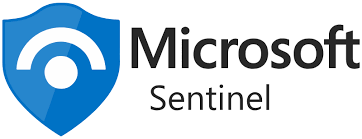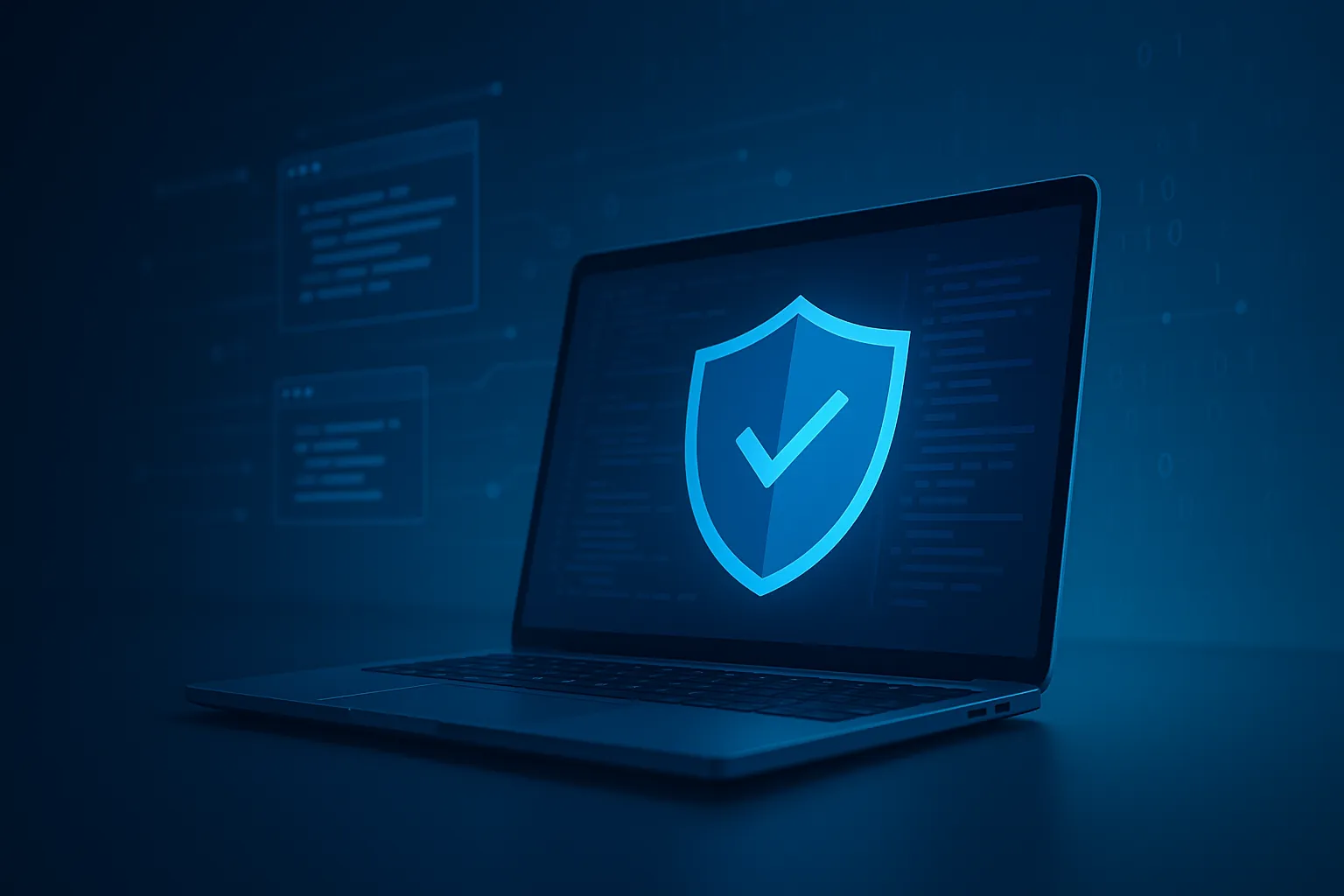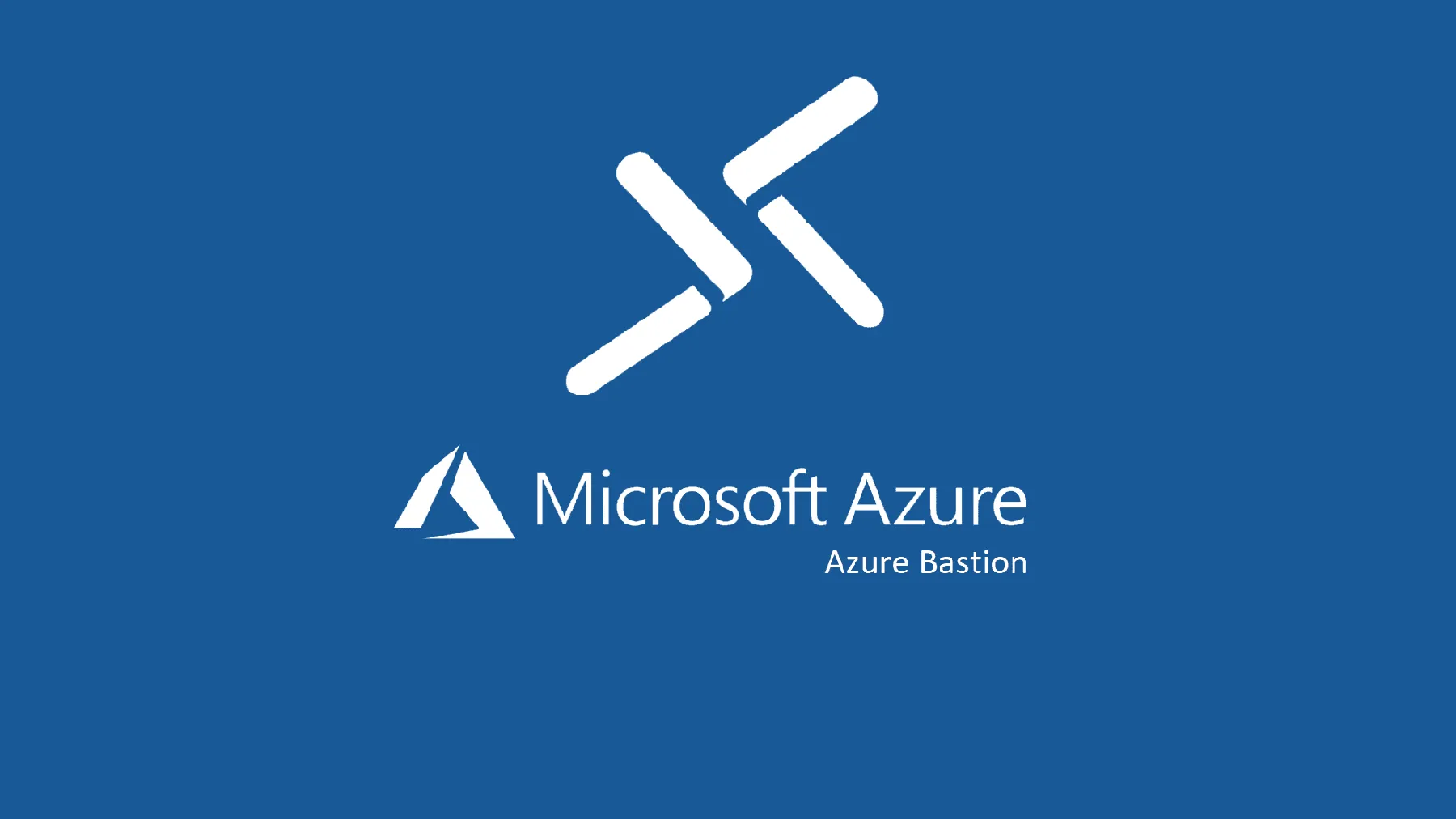My computer adventures
Then the 56k and the noise of the memorable connection to make my first weapons on Counter Strike. 🎯
Weekend LANs with friends where you had to carry the pc and then the 10kg screen! 💪
An Alcatel OneTouch, then a 3310 to send sms without spaces 📱
CDs then Mp3 players, and then the only guy in Franche-Comté to have the Sony Minidisc (I wasn't always inspired 😅)
Hard disks to store 698MB movies in not crazy quality and crappy sound. (Generation emule 😇)
Already too much time on Caramail or Msn Messenger 😅
What about today?
Today smartphones more powerful than the computers that put men on the moon. 🧑🚀🌘
Video on demand from anywhere with Netflix, Prime Video & Amazon Studios, or BrutX 🔥
Music with Spotify or Deezer that follows us from bedroom to car to office without cutting. 🎶
Ultra-slim, life-changing screens. 🖥️
A job where you can free yourself from codes, 🙏
Simplified professional and private exchanges,
Robotics entering our lives, (Boston Dynamics I'm a fan if ever 🤖)
SpaceX rockets that are reusable 🚀
A telescope in space I'm waiting for the first pictures of! 📸
And tomorrow?
In February 2058 I don't know if we'll all be in the Metaverse, or Mesh, or whatever with crypto and NFTs. 🤔
But I'm convinced that trading will be even simpler, that we won't be wasting time on thankless tasks, that the 3-day week will be in place, and that I'll be in a fancy van with my cat 😺 in Ireland trading with my customers while doing what I like. 🥰
Or we'll be in Terminator, and that won't be as much fun. (All based on Boston Dynamics 😅)
Take a look at our article on work experience, to find out what can be implemented in your organization.
Author : Anthony



.svg)


.svg)




.svg)